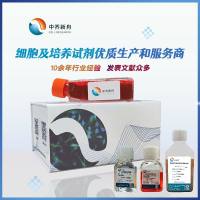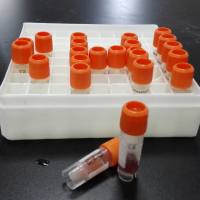Liver Cell Culture Techniques
互联网
591
Different sources of hepatic tissue, including whole or split livers from organ donors or from cadavers, waste liver from therapeutic hepatectomies or small-sized surgical biopsies, can be successfully used to prepare human hepatocytes cultures. The two-step collagenase perfusion remains the most effective way to isolate high yields of viable hepatocytes from human liver samples that express many typical hepatic functions, among them drug-metabolising (detoxification) enzymes, when placed in primary culture. Once isolated, human hepatocytes cultured in monolayer in chemically defined conditions (serum-free) survive for limited periods of time gradually losing their differentiated phenotype, in particular the drug-metabolising enzymes. Supplementation of chemically defined media with growth factors, hormones and other specific additives has been used with variable success to extend hepatocyte survival and functionality in culture. Other culture improvements include the use of extracellular components to coat plates or to entrap cells. Conditions for short-term monolayer cultures, allowing the maintenance of liver-specific functions for approximately 1 week, are now well established. Cultures on plastic dishes coated with extracellular matrix components (i.e. MatrigelTM , collagen, fibronectin or mixture of collagen and fibronectin) do meet many of the requirements for short-term incubation experiments, without adding too much complexity to the system. Practical details on how to carry out these cultures and to assess their functionality (CYP activity and ureogenesis) are discussed in this chapter.









